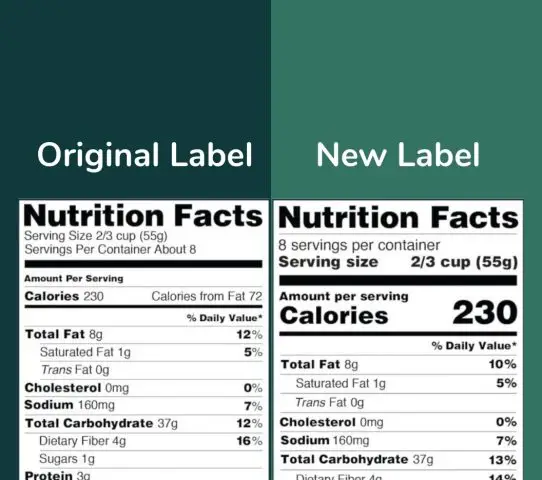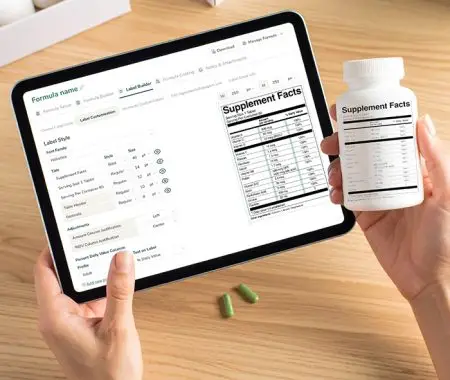The nutrition facts label is a tool that can be used to calculate the nutritional value of a food. The new changes to the nutrition facts label will make it easier for consumers to understand and use.
The nutrition facts label has undergone several changes in recent years. The most recent change was made in 2016 when the FDA released new guidelines for nutrition labeling.
What are the key changes to the nutrition facts label?
- The serving size and number of servings per container are much more prominent:
The serving size on the label must now be based on what people actually consume, rather than what they “should” consume. This means that the serving sizes listed on labels will be more realistic. For example, the serving size for a bag of chips is now listed as one ounce, rather than two ounces.
In addition to listing them in a larger and bolder font.
- The calories per serving will be listed in a larger font:
This makes it easier to see how many calories are in a food at a glance.
- The actual amount of nutrients are listed:
Rather than just the percentage of the daily value. This change is designed to help you better understand how a food fits into your overall diet.
- The daily values of nutrients have been updated:
These changes are based on the latest scientific research and reflect the current recommendations for a healthy diet.
See How FoodLabelMaker Can Help You
- Adding or deleting certain nutrients:
Potassium and vitamin D are now required to be listed on the label, while vitamins A and C are no longer required.
- Added sugars are now a separate section on the label:
This change is designed to help you understand how much sugar has been added to a food, versus how much sugar occurs naturally in the food.
- The % daily value for sodium, dietary fiber, and vitamin D will be updated:
The % DV has been updated to reflect the latest scientific recommendations. For example, the % DV for sodium has been lowered from 2,400 mg to 2,300 mg.
- New footnote about recommended daily intakes for important nutrients will be included:
A new footnote has been added to the nutrition facts label. This footnote explains that the % DV is based on a 2,000-calorie diet.
The new updates to the nutrition facts label will make it easier for consumers to make informed decisions about the foods they eat. Reading and understanding the nutrition facts label is an important part of maintaining a healthy diet. When used correctly, the nutrition facts label can be a valuable tool in your quest for good health.



